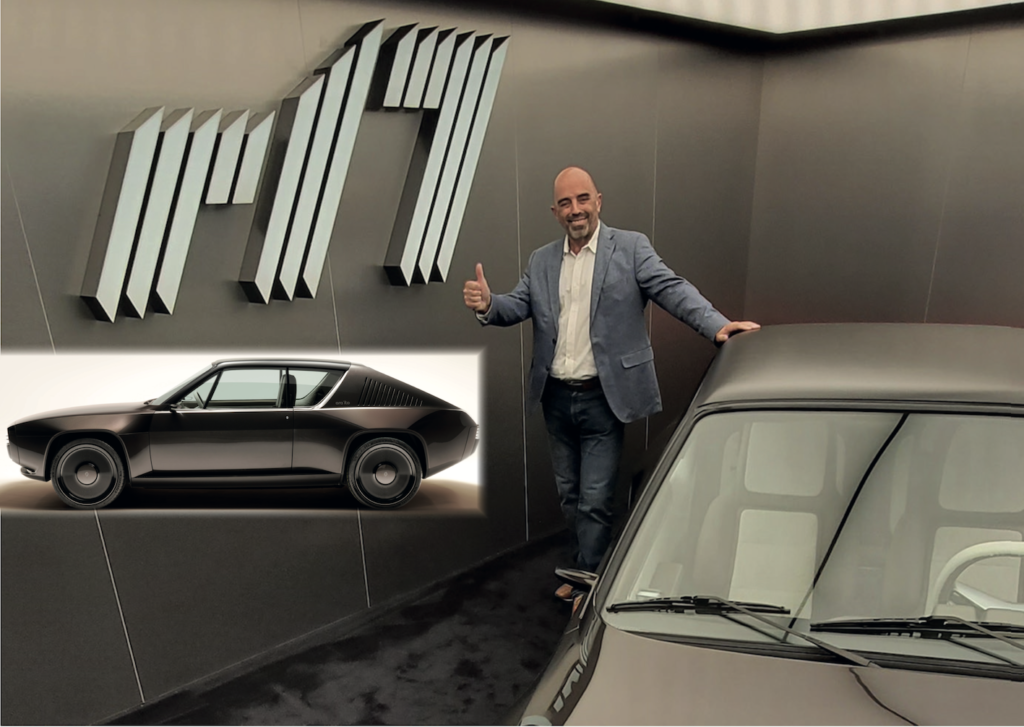
At last, Citroën’s styling was on the move in the mid-1990s. While awaiting the arrival of Jean-Martin Folz at the helm of the PSA Group, Arthur Blakeslee, the styling boss, was easing up on the pace and a number of distinctive styling projects were being launched. The first of these was Xanae!
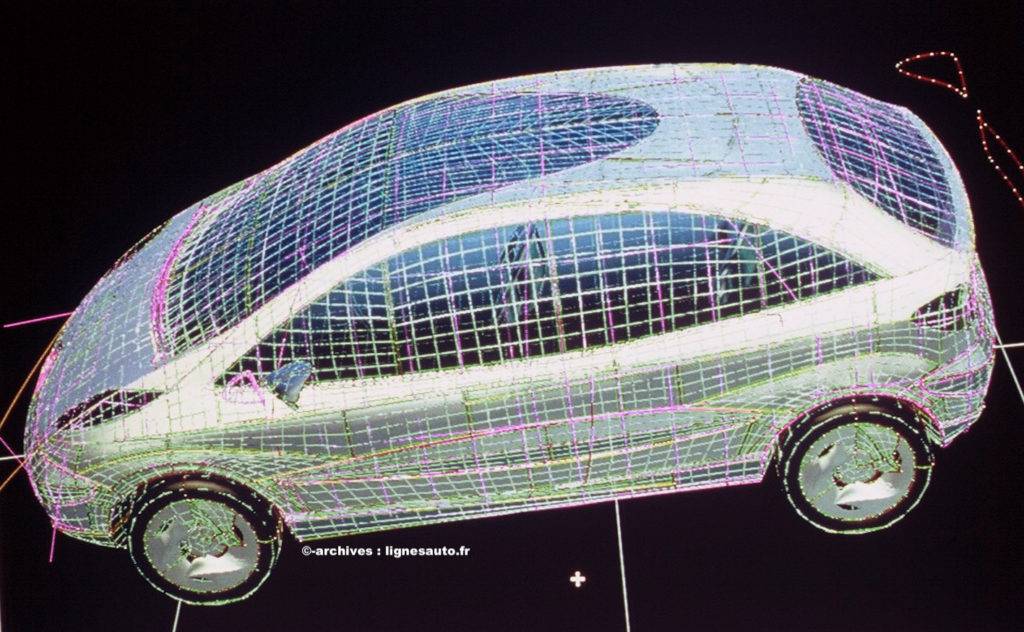
The 1990s saw the development of the MPV concept. Born in the previous decade in the top-of-the-range segment with the Espace from Matra and Renault (1984), this new architecture with a single-volume body obviously interested Citroën. Its response was bound to be distinctive. Under the watchful eye of Luc Epron, head of a marketing and product department that did not hesitate to explore new, as yet unknown markets (the Berlingo invented the minivan market with its rival, the Kangoo), Citroën had its own vision of what the voluminous saloon announced by the brand’s strategists should be.

Luc Epron drew up a specification which he submitted to Citroën’s styling centre, where Arthur Blakeslee entrusted Dan Abramson and his teams with the task of translating this voluminous saloon into a concept car scheduled for the 1994 Paris Motor Show. Mark Lloyd, hired by Arthur Blakeslee, was to take charge of the concept car’s exterior design, while Marc Pinson was to come up with a cosy, cocooned interior. This programme set the design office on a new course. The projects that followed on from the Xanae concept car went well beyond the single-mindedness of the concept, and developed the concept of the volumetric car for other programmes.
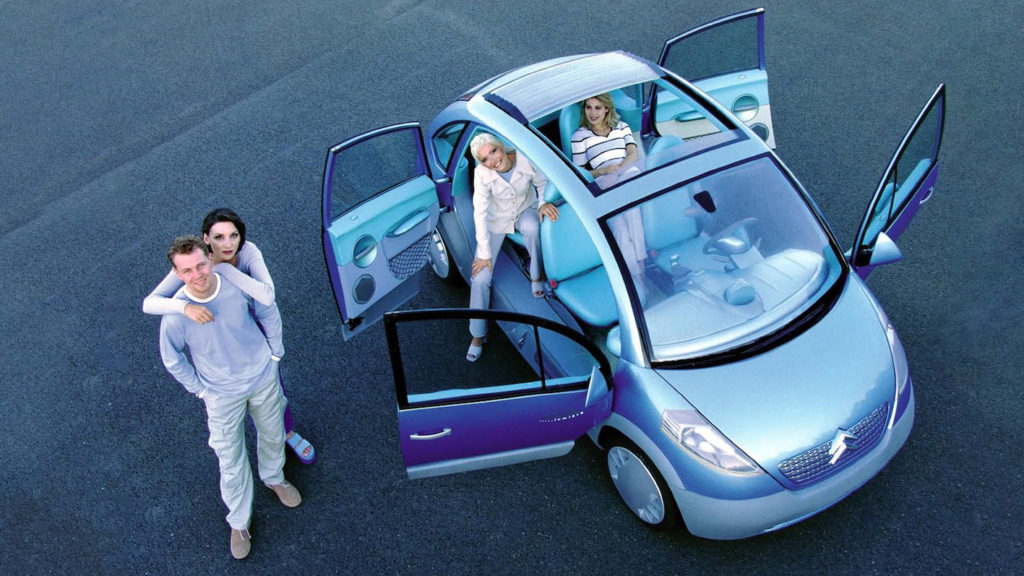
This was the case, for example, with the C3 Lumière above, which arrived four years later and gave rise to the production C3, a small hatchback marketed in 2002 and quite revolutionary in its conceptual approach. Luc Epron pushed his teams towards projects that had to retain the hatchback spirit and not venture into technical architecture like that of the Renault Scénic unveiled in 1996, after having been revealed in the form of a concept car in 1991, below.
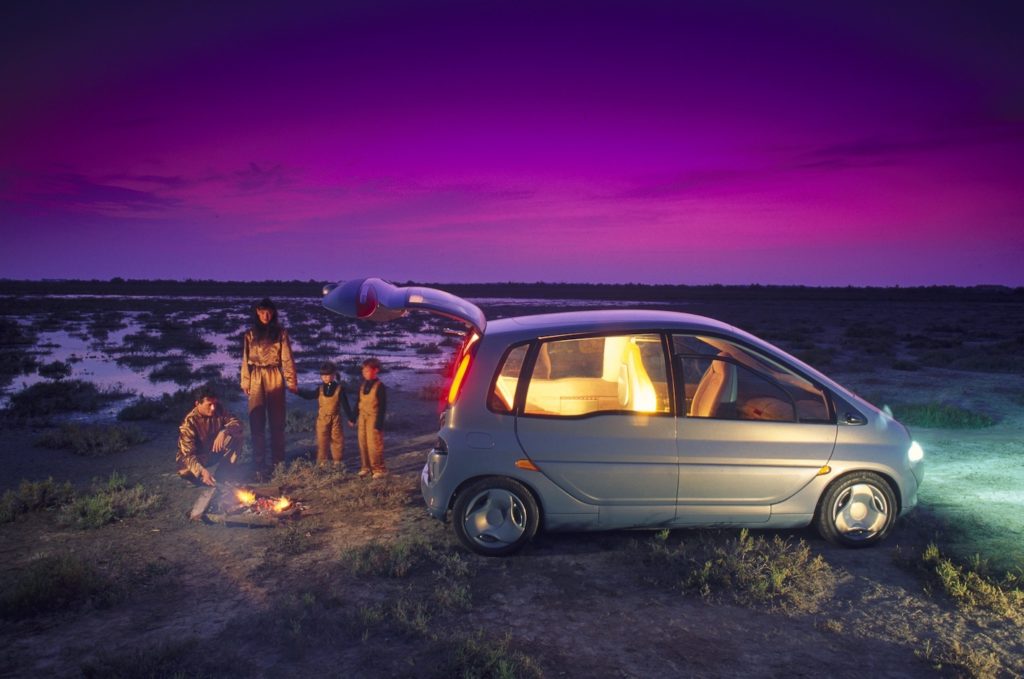
Coincidence or a sign of the times, the Xanae prototype is positioned exactly between these two presentations. Space: yes, volume: yes, but above all, style. And comfort, of course, especially passenger comfort! Xanae has the genes of a saloon and the generous space of a top-of-the-range car. Height is contained, unlike that of the MPVs that are beginning to appear in the product plans of various competitors. The weight balance is well controlled.
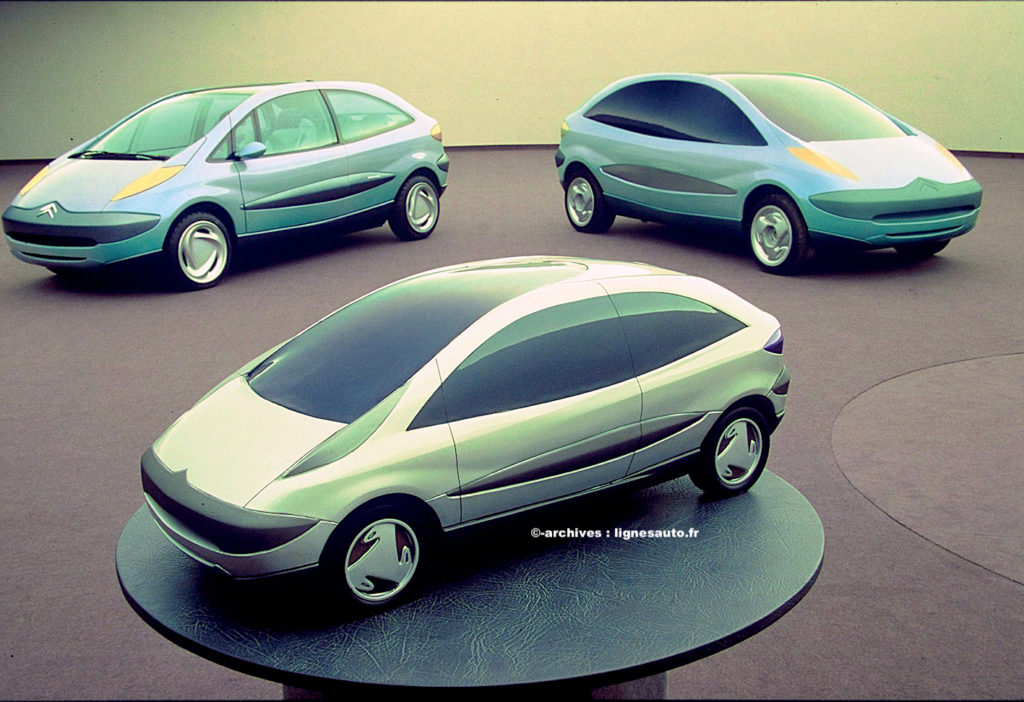
The architecture of the doors is original, with a single door on the driver’s side and two that open in opposite directions on the passenger side. Heuliez had already explored this concept with its AX Évasion estate car, which featured two hinged doors on the passenger side and a single door on the driver’s side. In 1994, with the presentation of the Citroën Xanae, the manufacturer was in a renaissance phase.

It was not until the arrival of Vincent Besson (Luc Epron’s successor) and Jean-Pierre Ploué in 1999 that this revival reached its peak. It has to be said, however, that Luc Epron and the Citroën styling team (Marc Pinson and Oleg Son in particular) launched ambitious programmes which were to serve as the foundation for the brand’s resurrection at the dawn of the 2000s. And the real take-off of Jean-Pierre Ploué’s career.
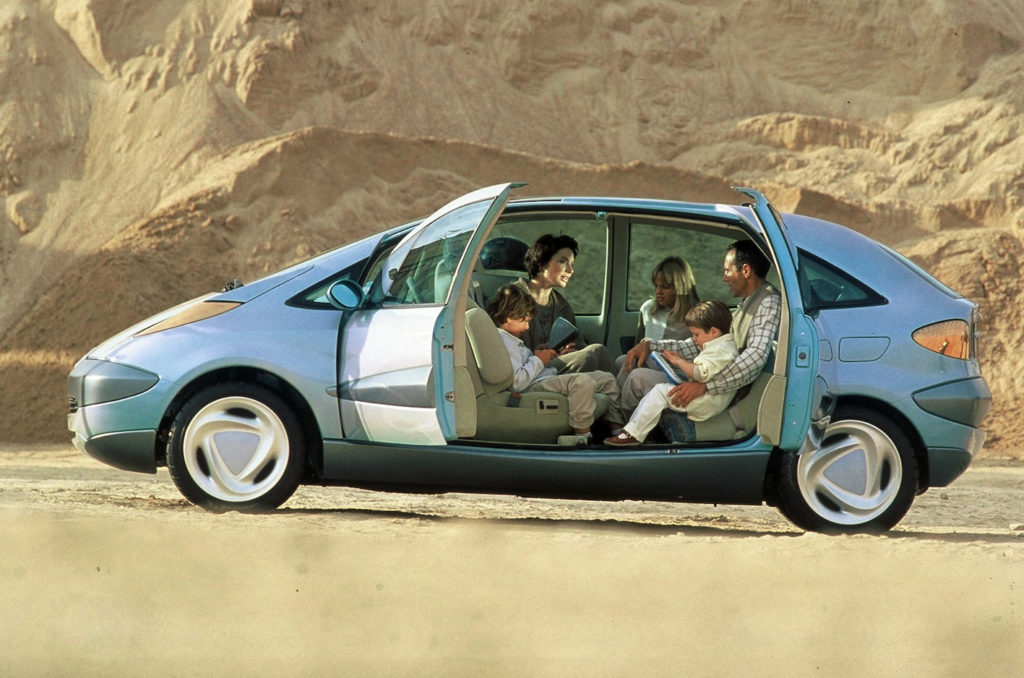
The Citroën Xanae has so much to say that it was conceived as a rolling concept. A few journalists were even able to get behind the wheel, as I did in 1995 in the streets of the Gallo-Roman town of Autun (Augustodunum, capital of the Aedui, where all the noblest youths of Gaul gathered), thus bringing face to face a futuristic vehicle that already evoked the 2000s and a setting that was, to say the least, historic.
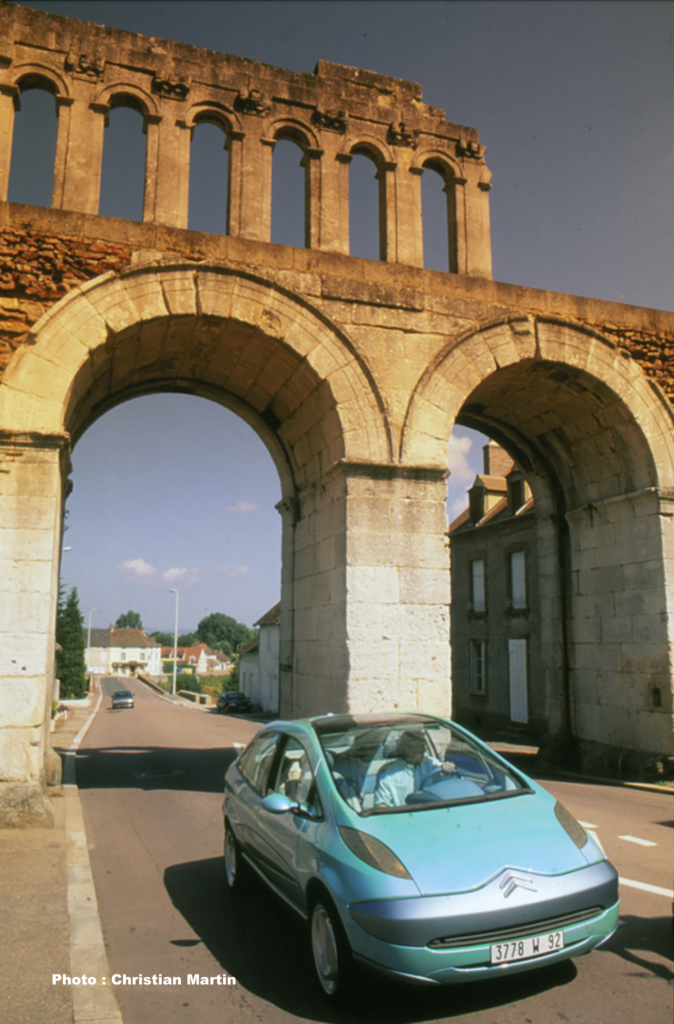
With a length of 4.20 m, the Xanae offers a royal amount of space and, above all, inaugurates the panoramic windscreen that a number of Citroëns, and even the Citroën DS (at the time, it was a ‘premium line’ in the Citroën range…), would later adopt.
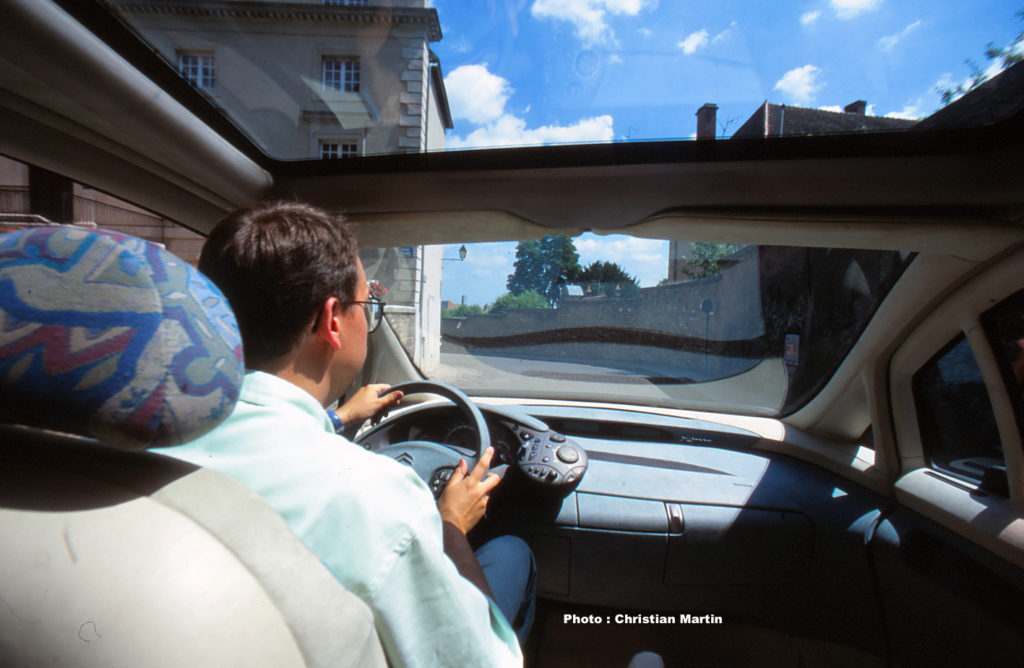
This in-between period, which coincided with the end of Blakeslee’s reign, was by no means divine! In the design office as much as within a group held with iron fists by Jacques Calvet, the restart imposed superhuman efforts! Luc Epron nevertheless obtained a late green light to develop the Xanae concept car into a production vehicle capable of gaining a foothold in the famous compact MPV segment.
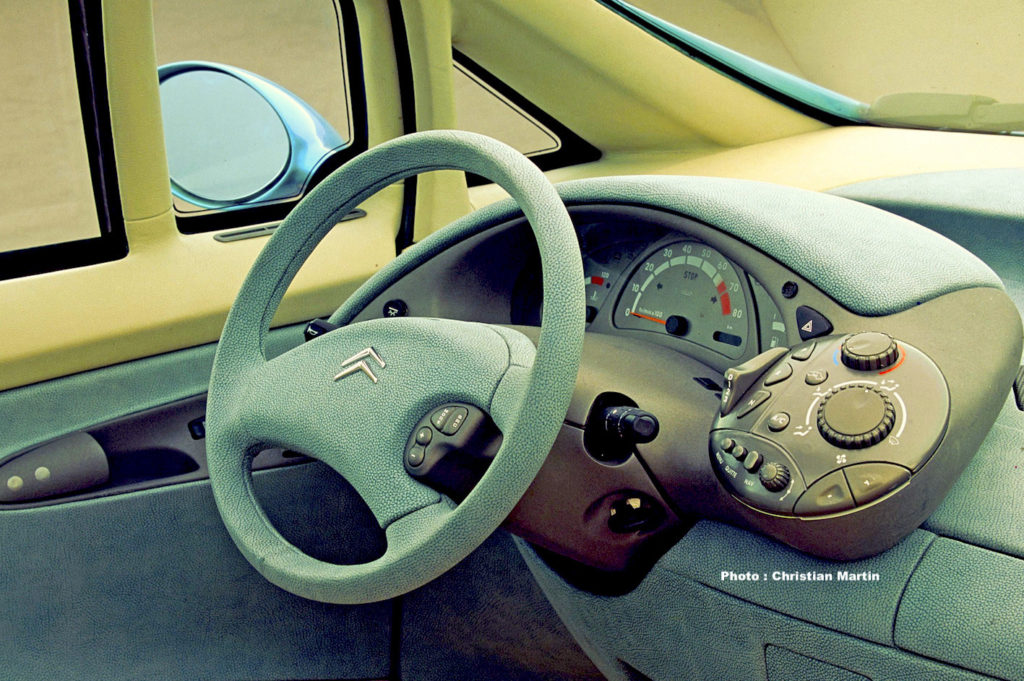
But Jacques Calvet clearly didn’t have much faith in the concept and released a rather ridiculous budget to develop the production vehicle, which was given the name Xsara Picasso. The Picasso was to incorporate many – too many? – many of the existing features in the PSA range, from the Peugeot 206’s air vents for the interior to a platform that was not originally designed for an MPV.
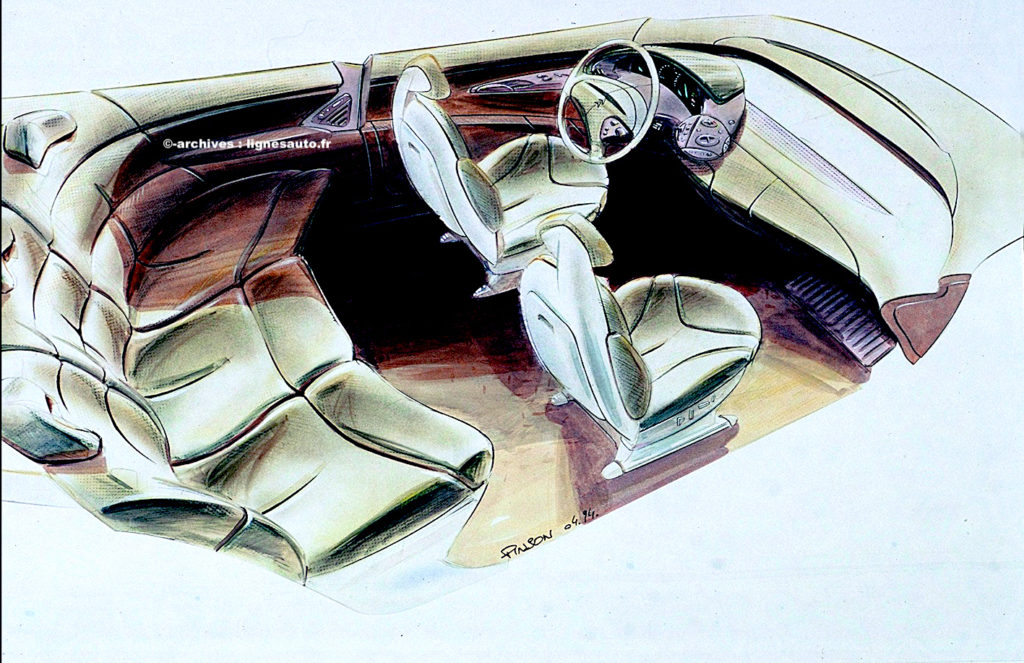
While the concept car is based on the underpinnings of the Xantia, which is rather generous in size, the production vehicle has to make do with a more compact platform.And yet, the style created by Donato Coco and the genius of the architects make this PSA Group puzzle a real success: the Xsara Picasso is well thought out for families, and offers real assets, such as three rear seats of equal width.While the concept car is on the verge of becoming reality with the Xsara Picasso, internally the group is facing a lawsuit that is, to say the least, unexpected.
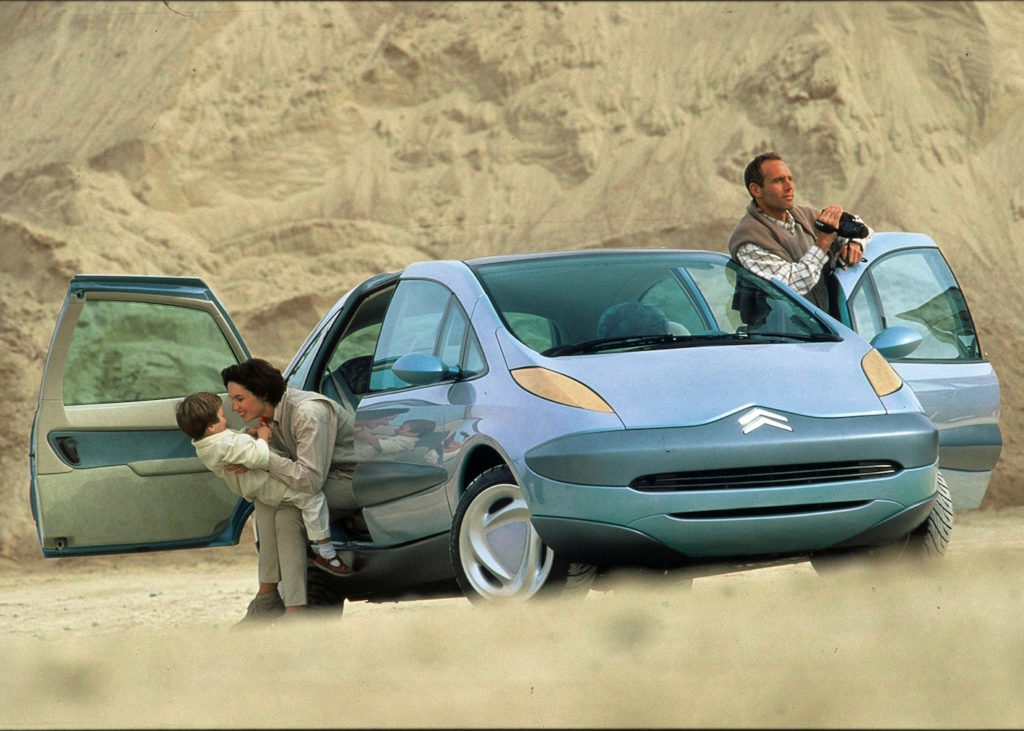
In the early 1990s, Antoine Volanis, the former Matra stylist responsible for the Bagheera and Murena, is said to have proposed a volumetric saloon to Citroën which, in his opinion, bore a striking resemblance to the Xanae concept car.We have never seen this proposal, so we cannot comment on it.This study was even presented to Fiat, with three independent seats… at the front, before the arrival of the Scénic’s other competitor, the Multipla… All we can publish today are sketches by Mark Lloyd, one of which dates from late 1993.
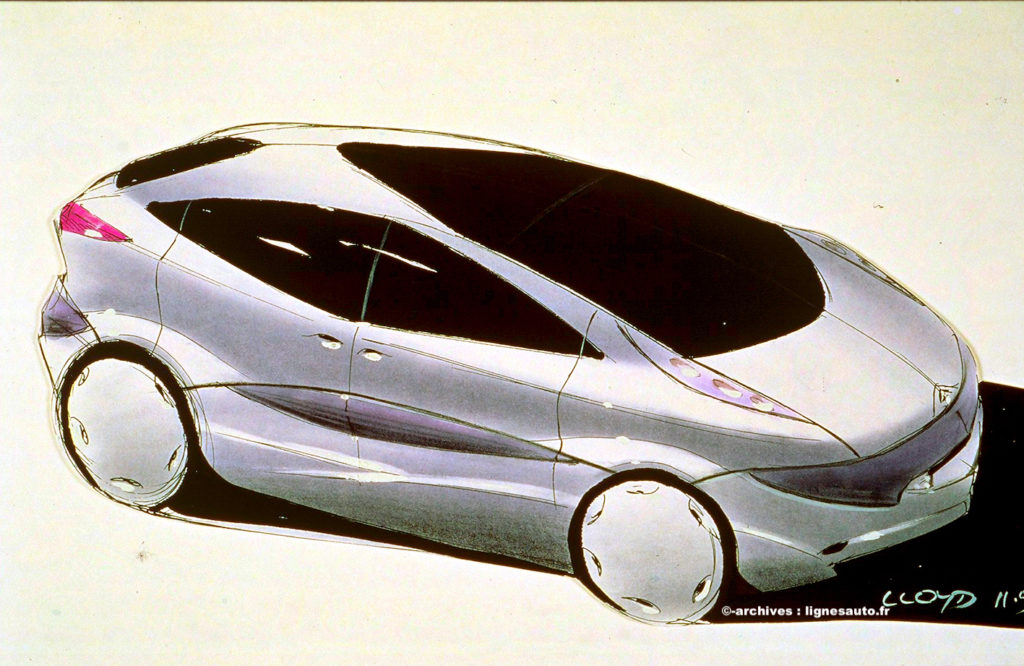
However, against all expectations, Citroën’s legal department probably scorned the case a little too much and it was Volanis who won his case against Citroën. The manufacturer had to compensate him with a tidy sum! A first in the design world of automotive consultants, which left its mark, particularly in terms of contract drafting! A first that was to remain a first, since Jean-Pierre Ploué, as soon as he arrived at the helm of the Citroën design office at the end of 1999, put an end to external consultations (Volanis, Pininfarina and, above all, Bertone).
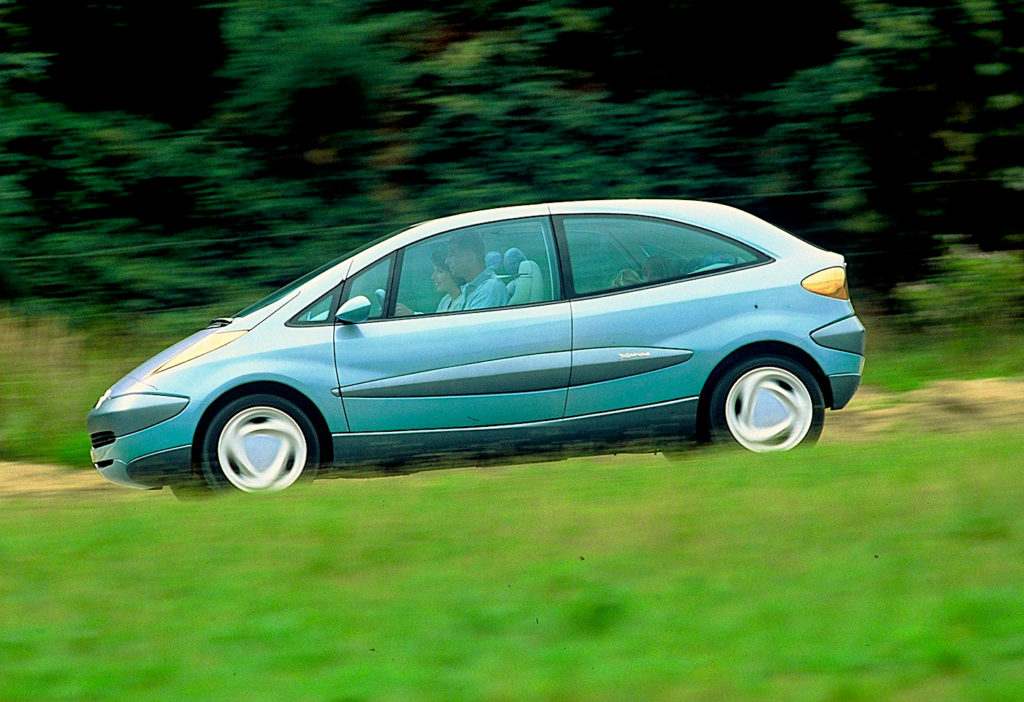
To mark the 50th anniversary of the Citroën CX, discover some surprising study drawings in our dedicated subject:

